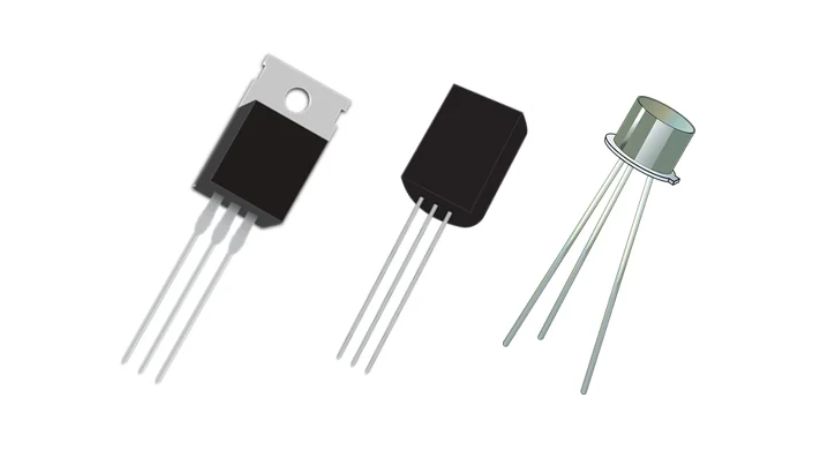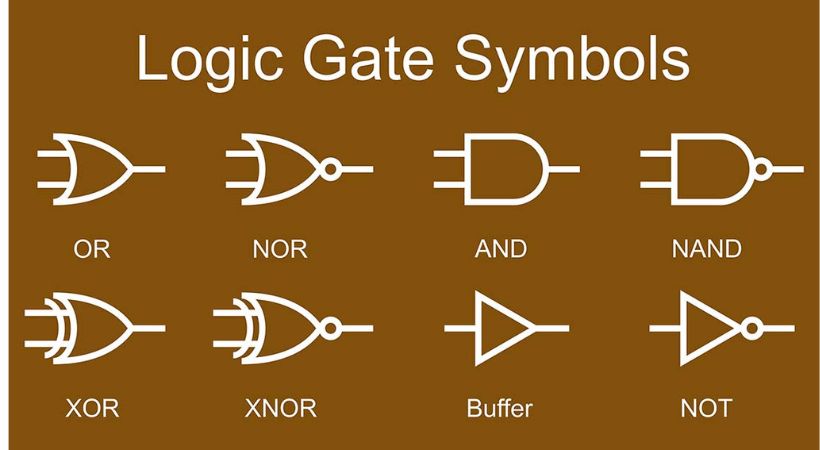Transistors, with their remarkable versatility and controllability, play an indispensable role in electronic circuits. These semiconductor devices are for various functions in a circuit.
The transistor can amplify, switch, oscillate, voltage regulation, signal processing, logic gates, and memory elements. These are just a few additional functions and applications of transistors in electronic circuits. Transistors are devices that enable a wide range of electronic functionalities, making them essential components in countless electronic systems and devices.
In this article, we’ll explore the various transistor functions in electronic circuits, showcasing their versatility and indispensable nature in electronic systems.
Transistor function in a circuit
Transistors are fundamental electronic devices used to amplify or switch electronic signals and electrical power. They are the building blocks of modern electronic devices and integrated circuits.

The transistors are composed of two pn-junction diodes connected back to back. They have three terminals: the emitter, the base, and the collector.
The current flowing between the collector and the emitter is controlled by the current or voltage applied to the base terminal.
Transistors are used in a wide range of electronic applications. Let’s discuss some transistor functions in a circuit.
1. Amplification
One of the primary functions of transistors is to amplify electrical signals.
The transistor is a three-layer semiconductor device. It consists of an emitter, base, and collector.
By controlling the current or voltage applied to the base, transistors can amplify weak signals to a higher power level.
For example, When a small input voltage is applied between the base and emitter, it creates an electric field that allows a small current (the base current) to flow across the base-emitter junction.
Due to the transistor’s inherent properties, this small current controls a much larger current flow between the collector and emitter – the collector current.
This property is essential in applications such as audio amplifiers, where minute audio signals need to be boosted to drive speakers and produce audible sound.
2. Switching
The transistor is an indispensable component for switching. In switching, it acts as an electronic switch and toggles between ON and OFF states.
In the “off” state, the transistor is biased to prevent significant current flow from the emitter to the collector. This biasing ensures that the transistor remains in a high-resistance state, effectively blocking the flow of current.
To switch to the “on” state, a small input signal applied to the base of the transistor disrupts this biasing and allows current to flow freely from the collector to the emitter.
This change in current flow occurs rapidly, making transistors ideal for high-speed switching applications.
This transistor function is also very useful in digital logic circuits where information is represented by the presence or absence of an electrical signal.
3. Oscillation
When it comes to producing oscillations, transistors can be very important. The term oscillation describes a quantity’s periodic changes over time, which is frequently represented as a waveform.
The transistor-based oscillator operates on the principle of positive feedback, creating a loop where a portion of the output is fed back to the input with the correct phase and amplitude to sustain the oscillation.
The transistor, along with associated passive components such as resistors and capacitors, forms a feedback network that conditions the signal to ensure it aligns in phase to reinforce itself.
The oscillation function of transistors is useful for clock generations for digital circuits, radio frequency signal sources, and audio frequency oscillation.
4. Singal modulation
Transistors play a crucial role in signal modulation, a process essential for encoding information onto carrier signals in communication systems.
It involves the variation of one or more properties of carrier signals, such as amplitude, frequency, and phase, to represent desired information.
In amplitude modulation, the transistor’s ability to control the flow of current allows it to modulate the amplitude of the carrier signal. In frequency modulation, the transistor changes the frequency of the signal into the desired information.
Due to the modulation ability of the transistor, this becomes an integral part of the transmission of information in diverse communication technologies.
5. Current amplification
Transistors are proficient at amplifying current signals. In a common-emitter (for bipolar junction transistors) or common-source (for field-effect transistors) configuration, a small input current controls a much larger current flowing through the collector or drain terminal.
This current amplification property is crucial in applications such as power amplifiers, where low-power signals need to be amplified to drive high-power loads like speakers or motors.
6. Logic gates
One of the important transistor function in a circuit is creating logic gates. By combining multiple transistors, logic gates such as AND, OR, and NOT gates can be constructed.

These gates process binary signals, enabling logical operations and decision-making within digital systems.
With the ability to interconnect transistors to create more complex logic functions, transistors form the backbone of microprocessors, memory circuits, and digital control systems.
7. Memory elements
Transistors are integral to memory circuits, enabling the storage and retrieval of digital information.
In dynamic random-access memory (DRAM), each memory cell comprises a transistor and a capacitor. The transistor acts as a switch, controlling the flow of charge into or out of the capacitor, representing binary states (0 or 1).
Non-volatile memory technologies, such as flash memory, employ transistors to trap or release charge in floating-gate structures, allowing the retention of information even when power is removed.
The transistor usage as a memory element is also essential for flip-flops.
8. Sensors interface
The transistor also functions as a sensor interface. Transistors are employed to interface with sensors, facilitating the conversion of analog signals from sensors into digital signals suitable for processing.
Transistors amplify and condition the weak analog signals generated by sensors like temperature sensors, pressure sensors, or light sensors.
This amplification ensures that the signals can be accurately analyzed, controlled, or transmitted for further processing or feedback purposes.
9. Timing and clock generation
The transistor also has function in timing and clock generation circuits. Transistors are harnessed in timing circuits and clock generators to produce precise timing signals.
The properties of transistors, such as their ability to charge and discharge capacitors or control the charging and discharging of other components, facilitate the generation of accurate timing signals.
These signals serve as reference clocks, ensuring synchronization and precise timing in digital systems, communication protocols, and various time-dependent applications.
10. Voltage regulation
In voltage regulation circuits, transistors play a crucial role in maintaining a stable output voltage despite fluctuations in the input voltage or changes in the load.
The basic principle involves using the transistor as a variable resistor to control the amount of current flowing through the circuit.
By adjusting the current flowing through the transistor, the voltage drop across it is controlled, affecting the overall output voltage.
This dynamic adjustment compensates for variations in the input voltage or changes in the load, ensuring a constant and regulated output voltage. This function is very useful where constant output is required.
Conclusion
The functions of transistors in electronic circuits are diverse and critical to the functionality of various electronic systems.
There are a lot of transistor function in a circuit but some of the functions of transistors are
- Amplification
- Switching
- Oscillation
- Voltage regulation
- Singal modulation
- Current amplification
- Logic gates
- Memory elements
- Sensor interface
- Timing and clock generation
These are just a few functions and applications of transistors in electronic circuits.
The transistor’s versatility and ability to perform multiple roles make them indispensable in the design and implementation of electronic circuits across a wide range of applications.
This was all about the transistor functions in a circuit, this will help you to understand different functions of transistors.
Thank you and have a blessed life…
Other useful posts:
